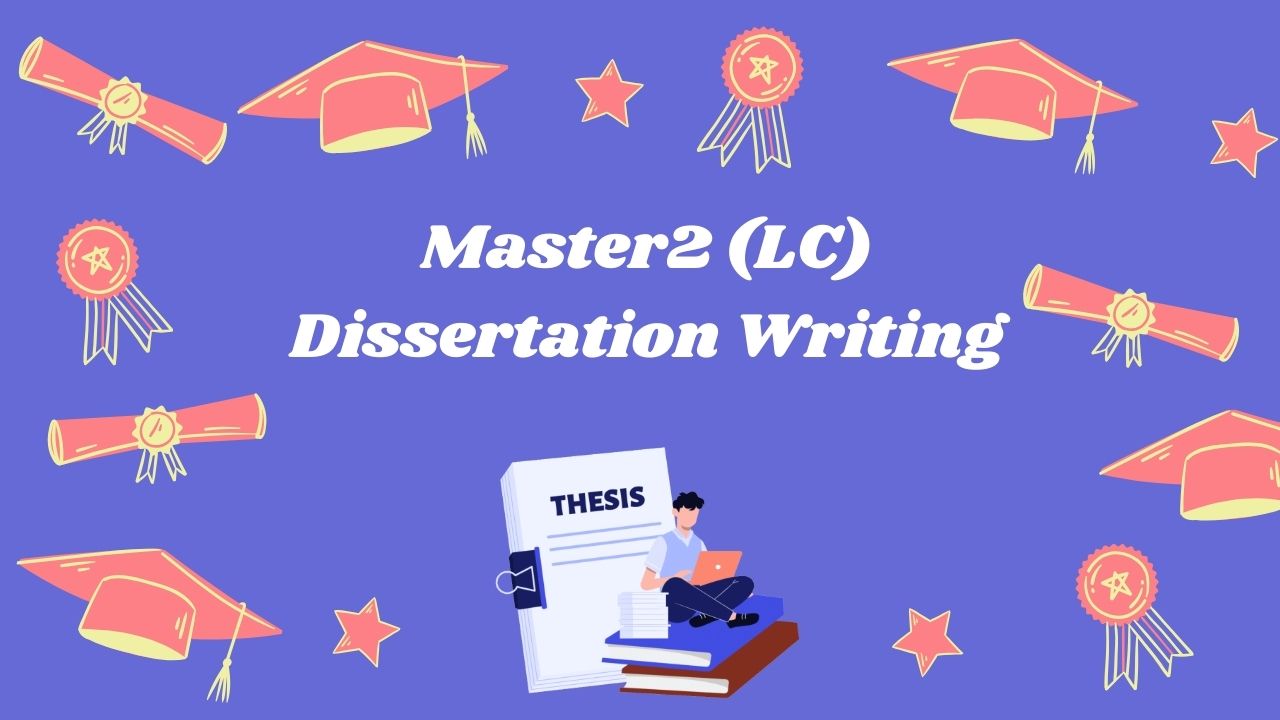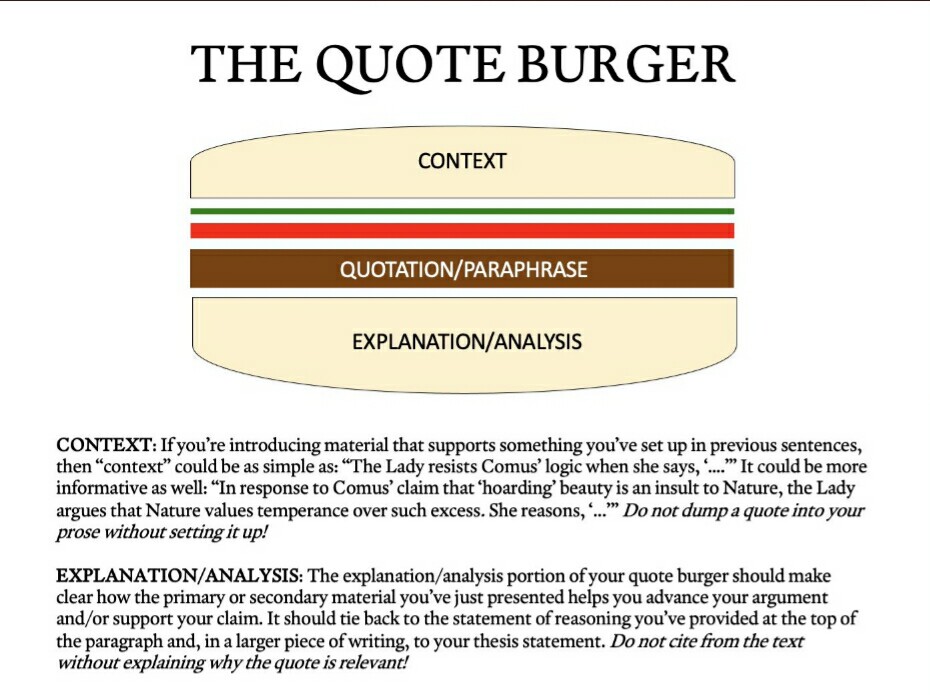Dissertation Writing
Topic outline
-
-
Semester: 03 (Master 2 LC)
Teaching Unit: Methodology
Module: Dissertation Writing
Teacher: Dr Souad BAGHLI BERBAR
Credits: 03
Coefficient: 03
-
Contact details
Dr Souad Baghli Berbar
souad.baghli@univ-tlemcen.dz
-

Syllabus
Introduction
Reading for research
(sources, note-taking, sorting)
The Outline
Introduction, chapters divisions, Conclusion.
Style
MLA, APA, Chicago Style…
Handling References
Quoting, Paraphrasing, Summarizing
Editing
The Abstract
-
-
-
What is a memoir?
What is the difference between a subject and a topic
Preparing Research
Primary vs Secondary sources
Primary sources
§ autobiography
§ painting or object of art
§ personal diary or letters
§ treaty (government document)
§ poem, novel, short story, etc.
§ firsthand observer accounts of event
§ play, film, television show, performance
§ speech given by a person
§ research report by researchers
§ photographs
Secondary sources
§ biography
§ article reviewing or criticizing the art
§ book about the person or event
§ essay interpreting the document
§ literary criticism of the work
§ report on event years later
§ biography of the writer
§ commentary on the speech
§ interpretation of the research
§ explanation of photographs
-
What is a Scholarly Source?
Reliable scholarly sources can be generally be identified by several features:
Content (topic being discussed)
Audience (for the layperson or specialists of the field)
Language (higher level language and discipline-specific terminology)
Intent (case study, report of experimental results...)
Authorship (qualifications of author to write on the topic, usually an advanced degree with years of experience and research on the topic)
Peer-review (material is evaluated by experts and only published if it meets the discipline's standards)
In order to be published in these journals, the article will be put through a process called a “peer review.” The editors will send the article to other scholars in the same field (the author’s peers) in order to get their opinion on the article’s quality of scholarship, its relevance to the field of study and its appropriateness for publication in the journal.
Checking out the publication’s credentials will help you know how trustworthy the source is
References (other materials used in the research process are listed in a bibliography or footnotes)
Listing (found in Research Databases such as Jstor ProjectMuse, Proquest, Web of Science, Thomson and Reuters, Springer, Elsevier…)
Wikipedia is not a reliable scholarly source since articles have no authors and can be edited by anyone.
-
-
-
The problematics determines the outline. It should guide the reader to your topic and to the approach selected to deal with it. Group related ideas within same chapter to avoid too many sub-divisions (maximum of four chapters).
The General Introduction is the most important part of your essay. It should present the topic, state the reasons for the choice of this topic, explain the problematics, raise questions to be answered in your essay, state your approach: the way you intend to solve the problematics or the methodology and detail the outline (show the steps to be followed in the form of chapters with short summary of the contents of each subtitle, giving the reader an idea of the outcome of your research (what are you demonstrating in this extended essay)
The First Chapter usually provides the background to your topic (historical, social and critical material against which your topic is set). It contains the necessary information for your approach to be clearly identified.
Chapters should follow a logical progression in the building up of your study. They should be ordered importance-wise to bring out your argument in the last chapter. Avoid repetition of already stated material in another way. Leave out non-pertinent and unnecessary material which might throw the reader off the track or confuse him as to your aim. Stick to the topic, do not let comments, asides ( ) be too obtrusive and distract the reader from your topic; better put them in footnotes or in appendices if they do not bear directly to the topic. Be careful not to find yourself writing a completely different topic from the one introduced at first.
Chapters should be properly balanced (not one long chapter and another very short one).
Provide transitions between titles, concluding the preceding title and introducing the following one.
The General Conclusion recapitulates your demonstration and restates the most important findings of your research which had been foreshadowed in the introduction. It might open up new horizons for future related research but it should not introduce completely new elements that you have not at all dealt with in the body of your research.
-
-
-
A memoir is written in a formal, academic style (do not use colloquial or familiar style). It should be as accurate and objective as possible (avoid vagueness, too many images). Avoid expressions which do not add meaningful ideas (needless to say, it is obvious that, as I have already said…). Be careful of connotation (riot, revolution; terrorist, rebel), pay attention to your position in relation to the references used (our nation, national if found in an American source refer to the US nation, not yours).
Try to be impersonal, do not use "I", but rather passive voice statements. “I” is reserved it for your solid, personal, argument in the General Conclusion.
The text of your memoir is typed in Times New Roman 12 and double spacing, or 14 in 1.5 spacing.
-
Plagiarism is cheating in academic work. It means copying what others have written without giving them credit.
There are three ways to use a source:
1. quote word-for-word,
2. paraphrase,
and 3. summarize.
Referring to the works of others in your text is done by using what is known as in-text parenthetical citation. Immediately following a quotation from a source or a paraphrase of a source's ideas, you place the author's name followed by a space and the relevant page number(s).
Human beings have been described as "symbol-using animals" (Burke 3).
Footnotes and Endnotes
• Footnotes are no longer used for sources, they are rather for explanations, comments or digressions that may break the line of an argument in the body of your text.
• Avoid extensive use of explanatory or digressive notes.
-

-
-
-
-
-
-
-
-
-
-
-
-
-
-
-
-
-
-
-
-
-
-
-
-
-
